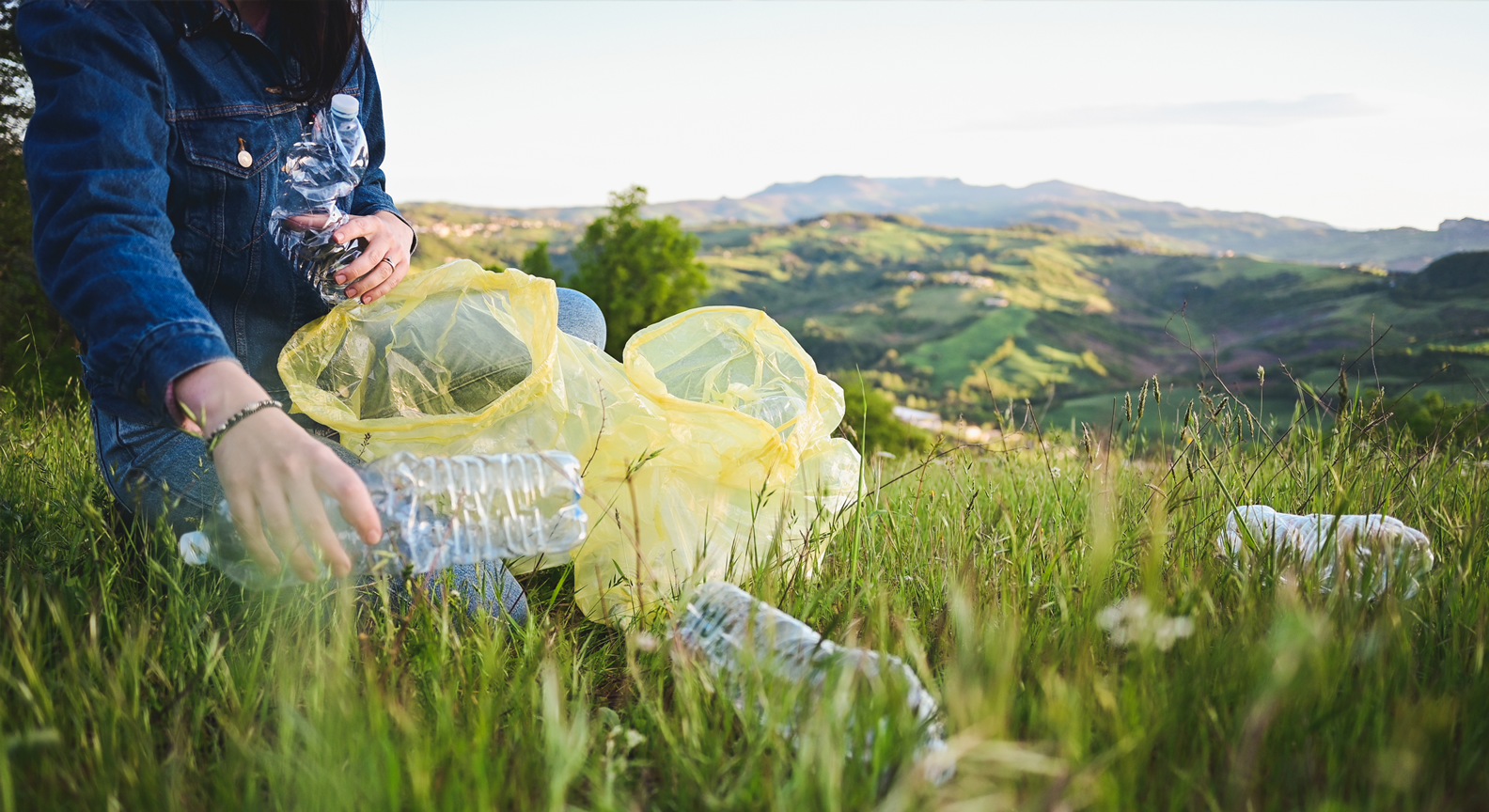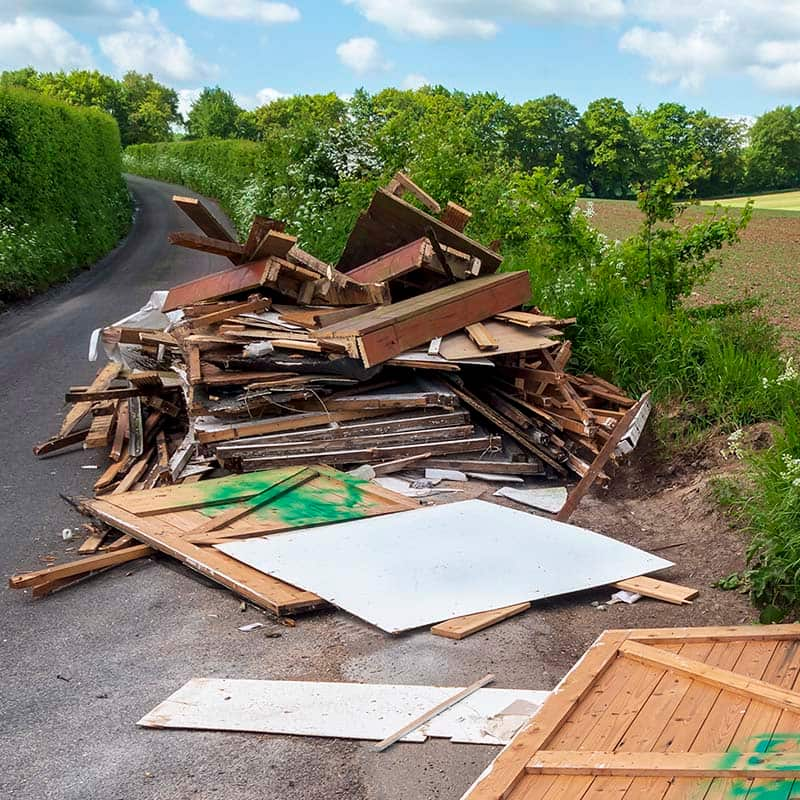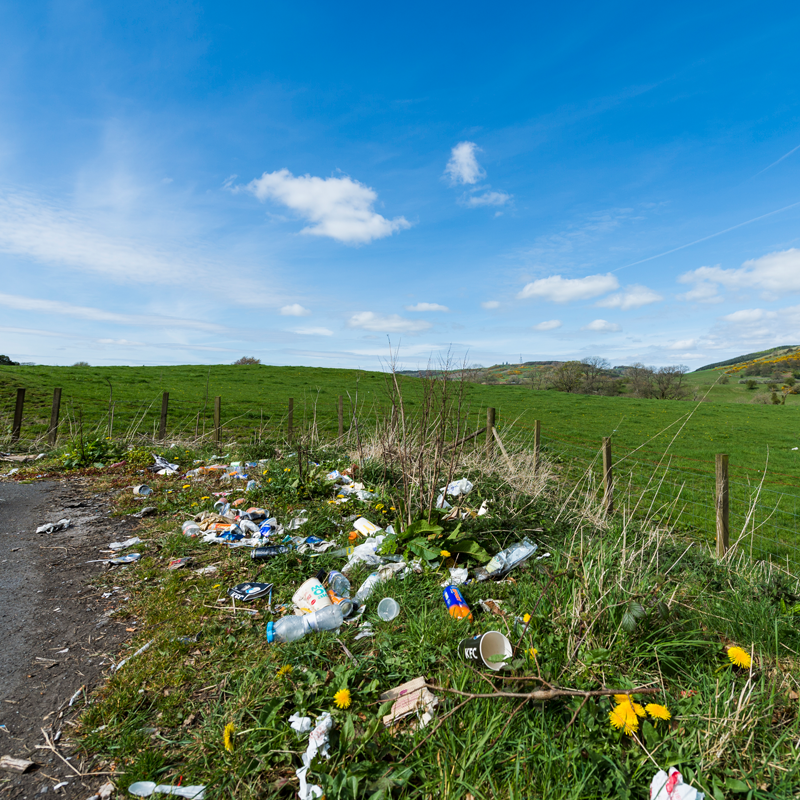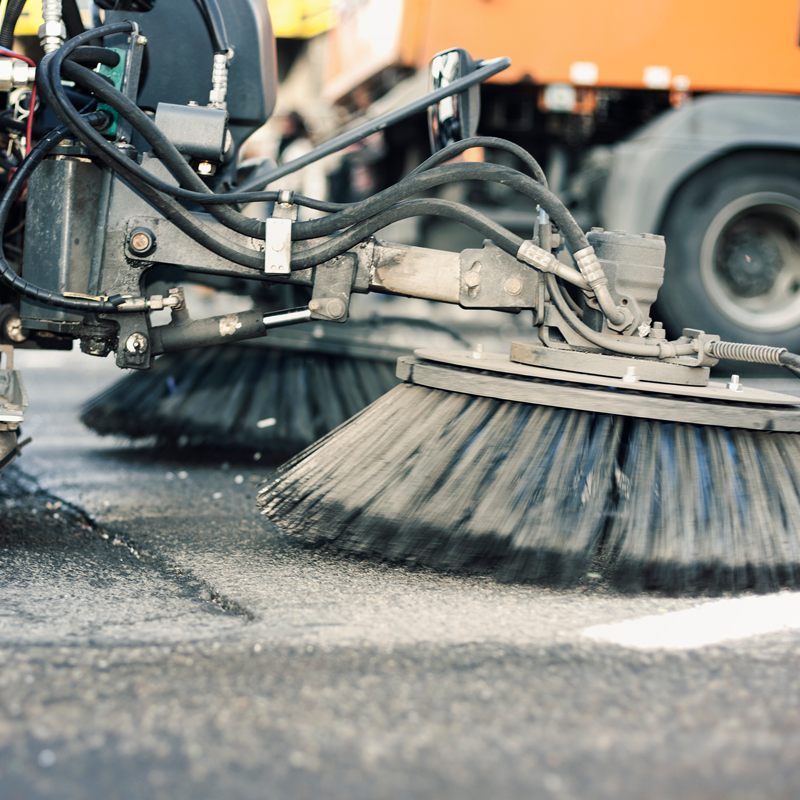
Scotland’s Litter Problem
Quantifying the scale and cost of litter and fly-tipping using our research expertise.
In 2014, the Scottish Government published its national litter strategy ‘Towards a Litter-Free Scotland: A strategic approach to higher quality local environments’.
With support from the Scottish Government, we undertook a programme of research to inform the development of the strategy and identify:
- how much littering and fly-tipping takes place in Scotland
- what waste types make up litter and fly-tipping
- what litter and fly-tipping costs Scottish society each year
- what is known about the causes of the problem (specifically in relation to littering)
- evidence on effective countermeasures
The report ‘Scotland’s Litter Problem’ summarises the results of that research programme.
Two independent studies were commissioned to inform the report: ’Rapid Evidence Review of Littering Behaviour and Anti-Litter Policies’; and ‘Exploring the Indirect Costs of Litter in Scotland’. In addition, we commissioned survey work with Scottish local authorities to better understand litter and fly-tipping costs and estimates of waste volumes. The environmental charity, Keep Scotland Beautiful, provided assistance in collecting information on current local authority practice and community initiatives.
Some key findings of the report are included in this infographic.

Key findings with regard to littering behaviour are:
- No single group or demographic are inherent 'litterers'. Around half the population admit to having littered 'at some point', whether deliberately, accidentally, or simply without thinking
- Though some demographic groups are more likely to litter, they may be motivated to do so by particular circumstances that they find themselves in
- These circumstances may be influenced by Individual(I), Social(S) and Material(M) factors which affect people's behaviour – for example, people's own beliefs as to what does and does not constitute littering(I); what people believe is expected of them(S); the provision of adequate litter bins(M)
The types of countermeasures that the report identified as having, or potentially having, an impact on littering and fly-tipping fall within:
- Education and awareness initiatives
- Communications activities
- Infrastructure
- Enforcement
- Better monitoring
Building on this research programme a range of interventions across the three broad themes of Information, Infrastructure and Enforcement are included in the national litter strategy and provide the focus for its implementation across Scotland.






